A tribute to Mexican genius: Alejandro G. Iñárritu
Filmustage returns this week with a new blog about Mexican visionary Alejandro González Iñárritu. Enjoy reading.


Art by @nadi_bulochka
Alejandro González Iñárritu is the third person in cinema history to win two consecutive Oscars for directing. He is the first Mexican to win the Oscar for Best Film. At the same time, there is not a single film of his that has not been nominated for a golden statuette.
Iñárritu is part of a company of three Mexican directors, the "three Amigos", which in addition to him includes Alfonso Cuarón and Guillermo del Toro. As you can see, Mexicans have firmly occupied the American film academy. Today we are interested to talk only about Alejandro González Iñárritu, an outstanding director, whose works can be analyzed for hours. We will selectively run through his films and share our thoughts.
Disclaimer: our blog has no academic purpose behind it, because we are viewers just like you. Filmustage does not aim to educate, but to gather a close-knit film community around us. We can be wrong about certain statements - and that is fine. We are open to discussion and criticism. The main thing is to love cinema and talk about it.
Each director has a different idea of how the script will look on the screen. That's why being able to create the image of your film in pre-production is extremely important. Visualise how you see all the elements in your script with Filmustage's Visual Reference board. Don't forget to keep an eye out for updates, because we're anxiously developing many more useful features.
First, a little history
Iñárritu was born in Mexico in 1963. In his youth, he traveled extensively as a sailor. After that he began his career as a radio host, transmitting the short stories that he wrote himself and composed music for six Mexican films from the 80s. This is how Iñárritu gradually worked his way into the cinema.
His next big accomplishment was obtaining the position as the chief producer of a major Mexican television company. Already at age 28, Iñárritu became the head of his own studio, managing film production, low budget projects, short films, commercials, and TV shows. Then came the first directorial projects in short films, but something was missing. In 2000, Iñárritu managed to bring his first feature film to life, which immediately elevated the Mexican newcomer to the status of young talent.
The first trilogy
Amores Perros, 2000
The debut of Mexican genius Alejandro González Iñárritu was “Amores Perros”, the first part of a trilogy about the intersecting fates of people on the brink of life and death.
The stories are divided into three novellas intertwined by a single event. The first is the story of young Susana and Octavio. Susana is married and has a child with Octavio's brother. Her husband is constantly beating, humiliating, cheating, and on top of that, robbing banks. Octavio is in love with Susana, so he decides to earn money by participating in dog fights.
The second story is about the already mature Daniel and Valeria. The woman is a successful photo model, for whom Daniel leaves his family. Valerie loves her dog almost more than her lover.
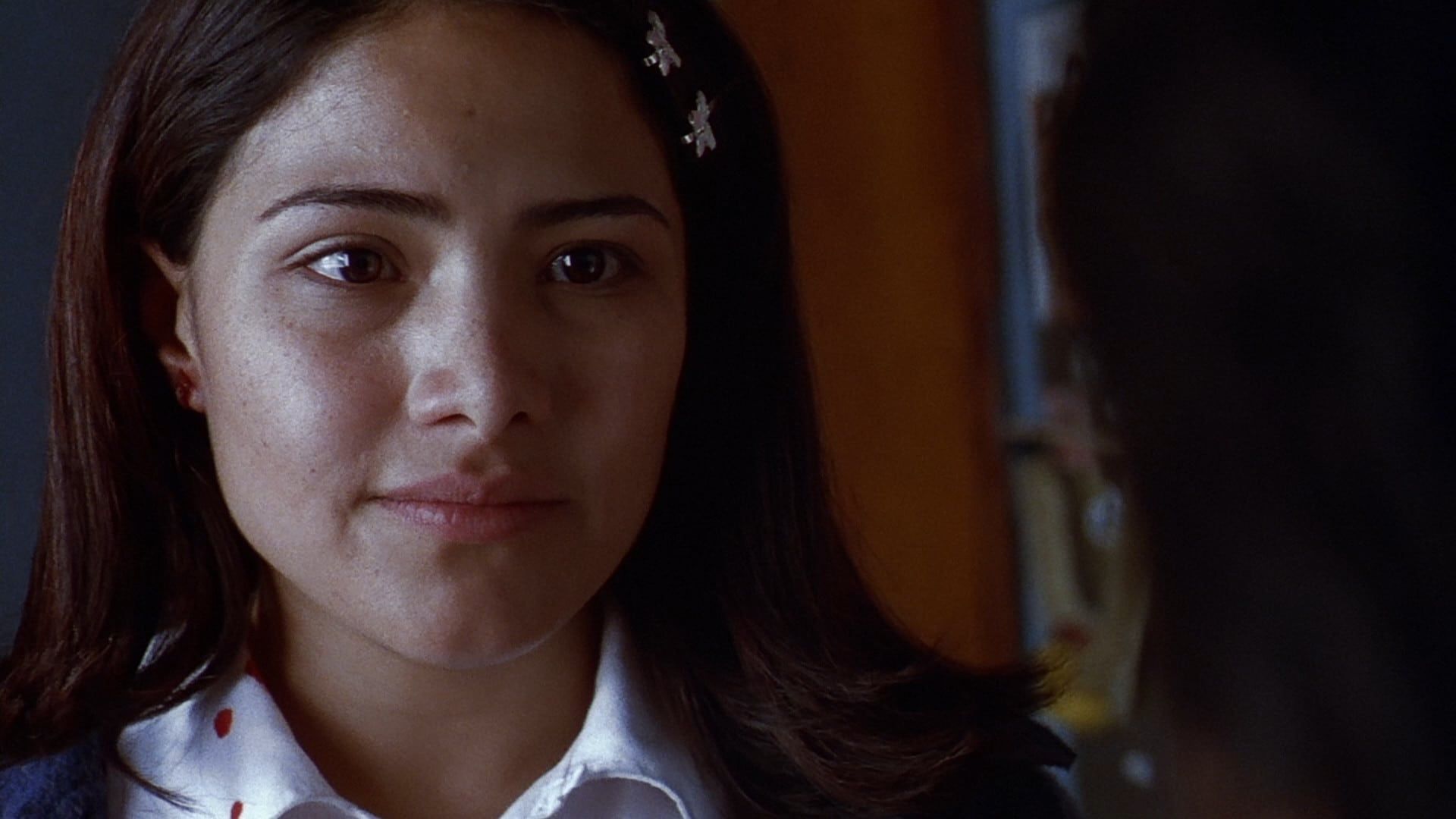

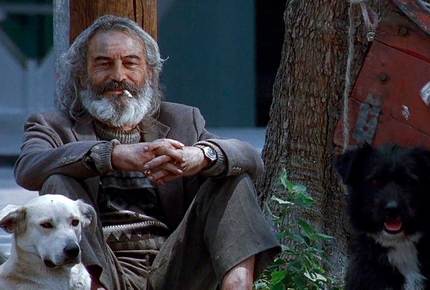
And the story of El Chivo, a former rebel who left his family for higher ideas. He was imprisoned for 20 years, and on his return to freedom became a hired killer, hiding behind the image of an innocent homeless man caring for a pack of dogs. He has an adult daughter, but she would rather El Chivo was dead.
Dogs being figures in all three stories is the central image of the film. In the first story, the hero's dog is capable of killing anyone in a fit of strong emotion. In the second, Valerie's dog is a pet that always gets into trouble and is left behind after being rescued. In the third novel, the focus is on a pack of stray dogs who eventually get killed by the young dog, just as the daughter figuratively "kills" El Chivo by not accepting him.
These are all metaphors for love, how cruel or even merciless it can be. In fact, instead of praising this undoubtedly great feeling, as most melodramas do, the director shows us its downside. It's interesting enough, and it's something you rarely see.
The film shows the love of different ages. The youngest, love is bright, strong, and fierce; it burns powerfully and destroys everything in its path, but is overly emotional and tumultuous to live long. Such a love can lead to unintended consequences because the actions you take under its influence are rash.
Mid-life love is a breath of fresh air, it's life-renewing, but it ends up stumbling into the problems that came before. It all comes down to paranoia, fear, mistrust, and an inability to come to terms. You want to go back, to roll it all back, but it's too late. You're making the same mistake you once made in your youth: giving in to passion. In this case, getting over it and moving on is the only way out.
Love in old age is oppressive because it reminds us of the mistakes of the past. It's a feeling devoid of passion and carelessness cause the only thing you need is family and support. And the absence of that just kills you from the inside. After all, what could be worse than being alone when the end of your life is closer than the beginning?
“Amores Perros” is a wonderful movie that evokes a storm of emotions. We definitely recommend it, even if the picture is a little difficult to watch, in many ways even "dirty", but the unique author's handwriting definitely worth it.
21 Grams, 2003
"21 Grams” is Iñáritto's first foreign project. Here you can already see the star cast in the trio of protagonists: Seann Penn, Naomi Watts, and Benicio Del Toro. It's a heavy film, with two hours of running time that feels like three. What's more, it has a complex screenplay structure so as that is a jigsaw puzzle.
The events of the film have to be pieced together. Scenes seem to be scattered randomly, but it's not hard to build a coherent story. Also, the narrative is divided into three main lines that revolve around a single incident. These three lines are fairly self-contained, but also heavily intertwined.
The fates of three complete strangers are interconnected. "21 Grams", asks questions about life. About how easy it is to lose it and start over. How does someone else's life affect your own? How to live when there's nothing left - no family, no faith, nothing. And how we lose gaining something in return.
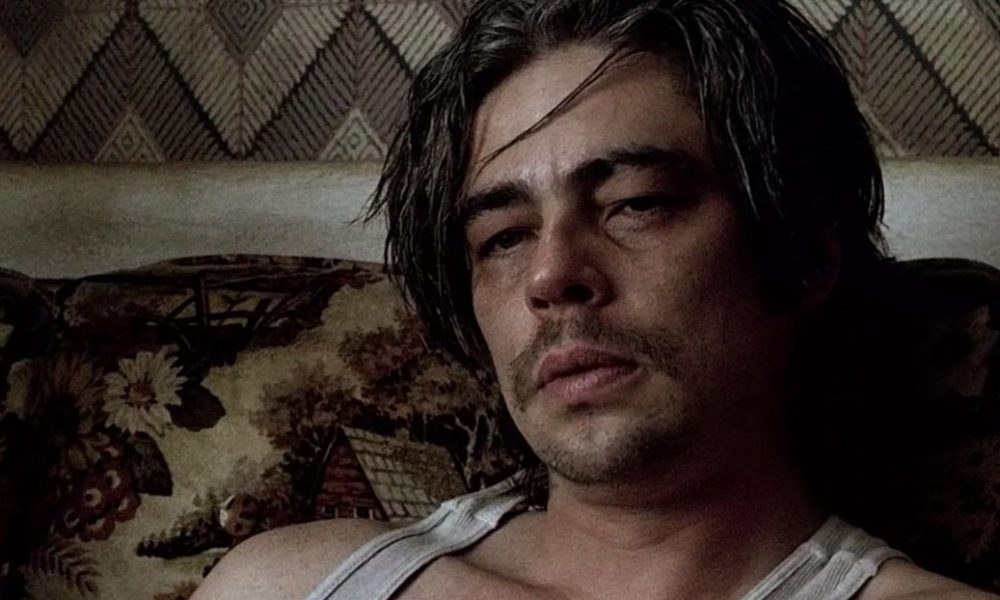
What is life worth? 21 grams - the weight of a hummingbird and five coins? Is that all it is? What are we putting into it? Questions, questions, questions. Our lives can be measured in losses and gains. But it's also unclear how much control we have over it ourselves. Events happen, some of them destroy everything, and that proverbial "life" changes dramatically, and there is nothing we can do about it.
We are left to live with the consequences, and it seems that we are powerless, but still somehow we can direct our existence in the right direction. The ending of the picture seems sad, but the characters eventually gain something by paying a price. "Life goes on" is a phrase repeated several times throughout the film and it's probably true.
Yes, "21 Grams" is a heavy film and unlikely to appeal to most people because it's very peculiar. At the same time, if you're in the mood for an unhurried pace, a convoluted plot, and little action, you'll get a masterpiece film talking interestingly about topics that are usually boring to talk about.
Babel, 2006
The finale of the trilogy was "Babel", where the master has unfolded to the full: in addition to the familiar loosely connected storylines, events have taken on a cross-national character. Here the connecting points are more cunning, the stories of the characters became less connected than in previous films, which emphasizes the idea of how much strangers can affect each other's lives, even if they are thousands of miles away from each other.
The city of Babylon is the symbol of the wicked and immoral. One could even say sinful. "Babel" is a story about how people have stopped listening to each other and are stuck in misunderstandings.
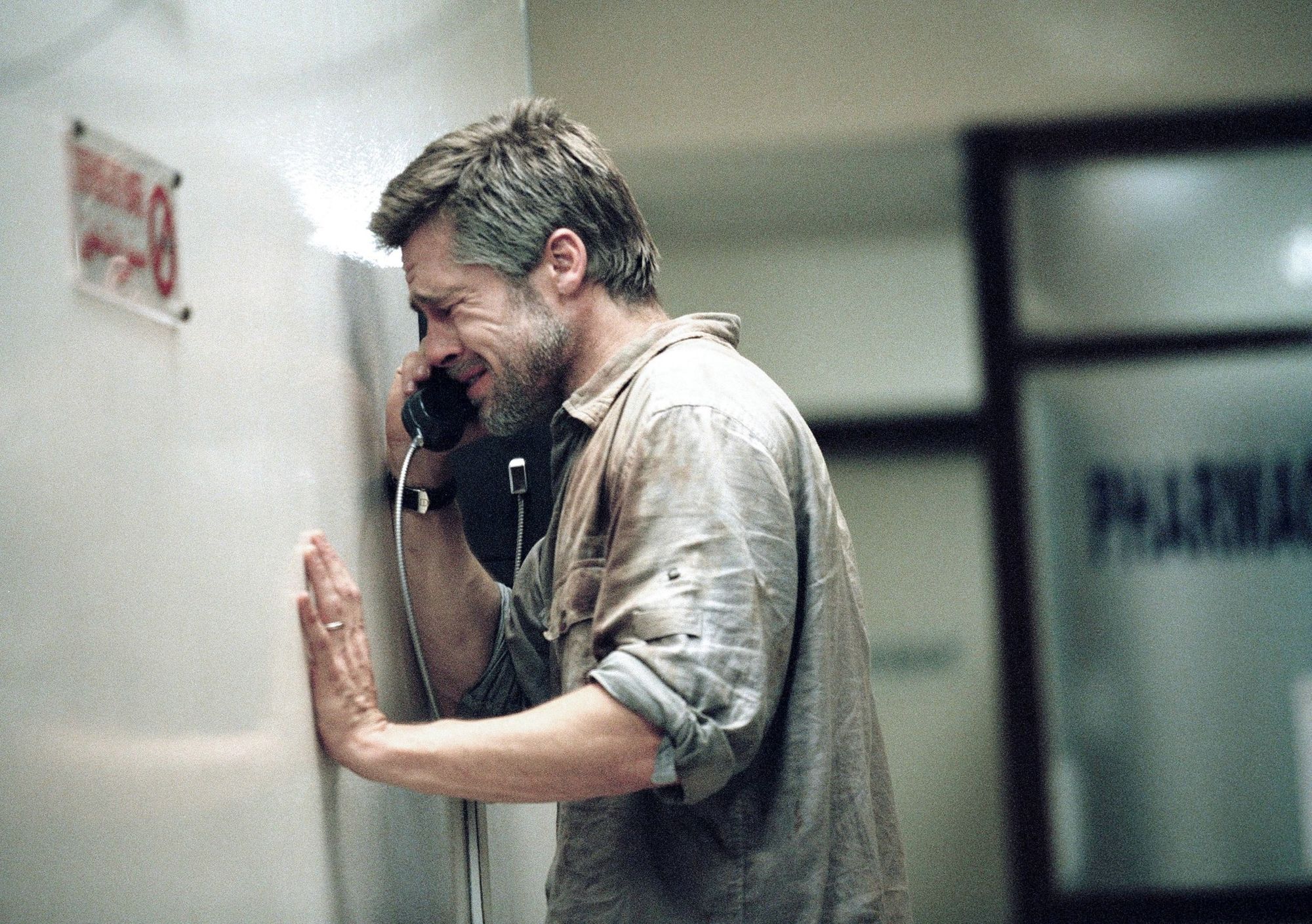

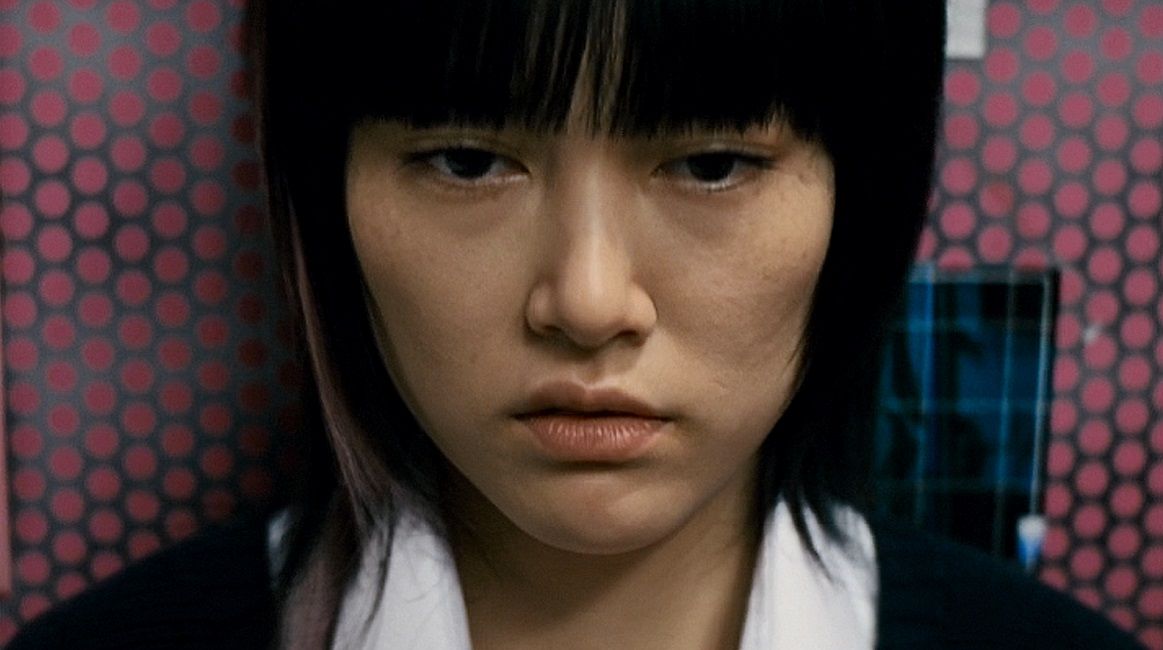
The characters in the picture are mired in their selfishness and resentment. For example, a girl from Japan, whose mother has committed suicide, is estranged from her father. She does not listen to him, though he tries to help her. Her deafness figuratively underscores this. Or Richard and Susan, who have lost a young child. The man disappeared for a while. Susan couldn't forgive him for that. And only after going through a serious, traumatic situation were the characters able to hear each other, make up and realize how much they needed each other after all. Because the only thing that matters, in the end, is love and support.
But in other story branches, the characters' finale isn't as upbeat. Well, that happens too. Sometimes you can't undo the mistakes of the past, because the person you cared so much about but didn't know about is no longer in your life. He may have died or just gone away - it doesn't matter. These mistakes can and even should be learned from.
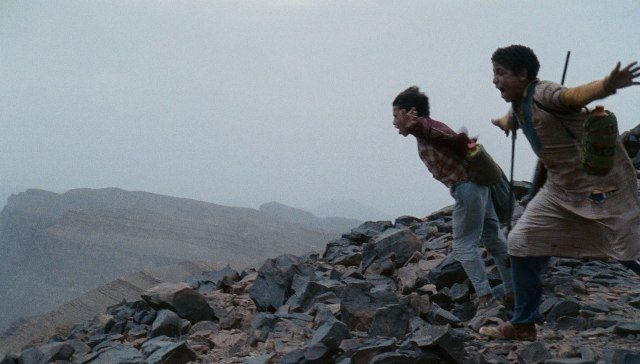
"Babel" is a film with such a global humanistic message. Iñárritu has definitively proved his talent and his enormous importance for the entire cinematography and will prove more than once in the future.
So, the director's first feature films make several things clear. Iñárritu is not ashamed of displaying cultural diversity in his films. His lens often focuses on minorities and oppressed groups of people who are forced to literally fight for survival, and the Mexican genius shows maximum compassion for them because he portrays everything honestly. It is the misanthropy apt for the director's films that shows human's real feelings. It is as if Alejandro González Iñárritu is telling us that life is a struggle, and it is normal to experience pain. That's why his first films are chaotic, stilted, and extremely nervous. It is as if Inñárritu's cinematography is translating the extremes of the human soul on the screen, and that is very valuable.
Style Revolution
Birdman or (The Unexpected Virtue of Ignorance), 2014
Perhaps, this is the director's strongest and most acclaimed project.
"Birdman", tells the story of formerly successful actor Riggan Thomson, who is stuck in the image of a popular superhero. He gave up the role of Birdman long ago, but he hasn't been able to "wash" himself of it. The entire movie hero struggles with his second self. In fact, the very Birdman reflects his ego. He is all-powerful, he can control people, and he's above everyone. Birdman is so cool that he can fly and blow up buildings. It's the elevation of himself above the rest, Riggan controls the people by giving them simple, spectacular, and impressive content.

In general, Iñárritu in the film manages to criticize both the consumer society, which goes to the theater for spectacle and senseless violence and the "elitist circle" - the community of people who go to the theater to reinforce their status, although they do not care at all about the Riggan production. Such a vicious circle.
Riggan's character is a mediocre actor, to be honest, and as a human being the character is also so-so: he cheated on his wife and didn't care about his daughter, focusing more on his career. Yes, and his production, he does not do it for higher creative purposes, but just to satisfy his ego. Thomson wants to be noticed, and not among the masses, whom he pours shit on, but among true aesthetes, connoisseurs of true art, which the actor considers his production to be. Though it's the usual show, an impressive performance, that he comes to see.
Of course, it is impossible not to mention the famous visual style in this film. Another Mexican, Emmanuel Lubezki, was responsible for it, one of the most important cameramen of our time, if not the most important. With "Birdman" the second wave of the director's work began. A new style, new themes, and a new approach to storytelling.
Iñárritu switched from a nervous hand-held camera to measured and static long shots that symbolize the director's growth, his settling down, and change of vector. Simply put, he stopped torturing his characters, so he changed his visual style. The camera aims to create a world that lives by specific rules. "Birdman" "Birdman" is one magnificent theatrical mise-en-scene, which the director tried to transfer to the cinema screens - and he succeeded!
Afterword
Alejandro Iñárritu is probably one of those authors who has managed to break out of his comfortable image and experiment in his films. At times, Iñárritu's films are difficult and painful to watch, but in the finale, it's like you're whisked through all the hardships to a kind of cleansing and nullification. We highly recommend experiencing this for yourself and taking in a viewing of any of the master's films tonight!
Today we have tried a new blog format and this time decided to concentrate on individual films rather than the director's style, per se. So we look forward to your feedback. Take care and see ya soon!
From Breakdown to Budget in Clicks
Save time, cut costs, and let Filmustage’s AI handle the heavy lifting — all in a single day.